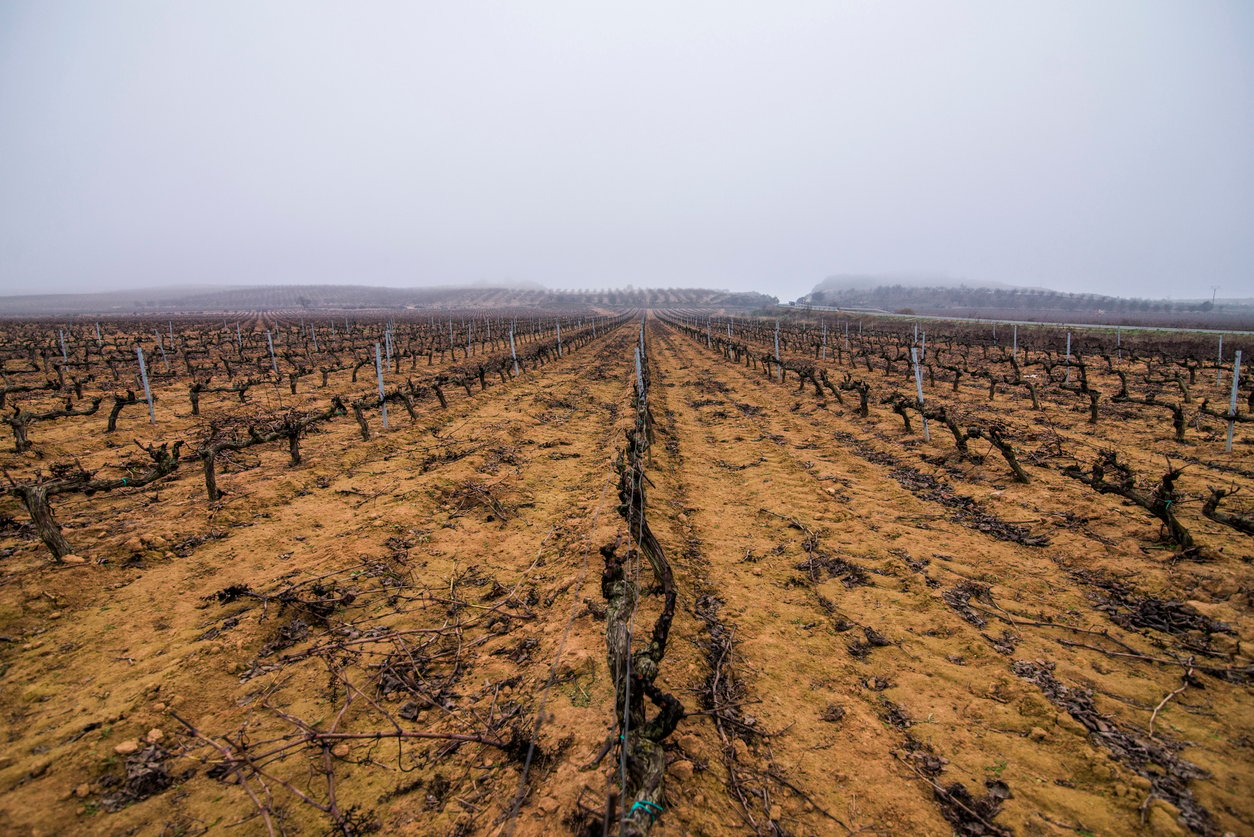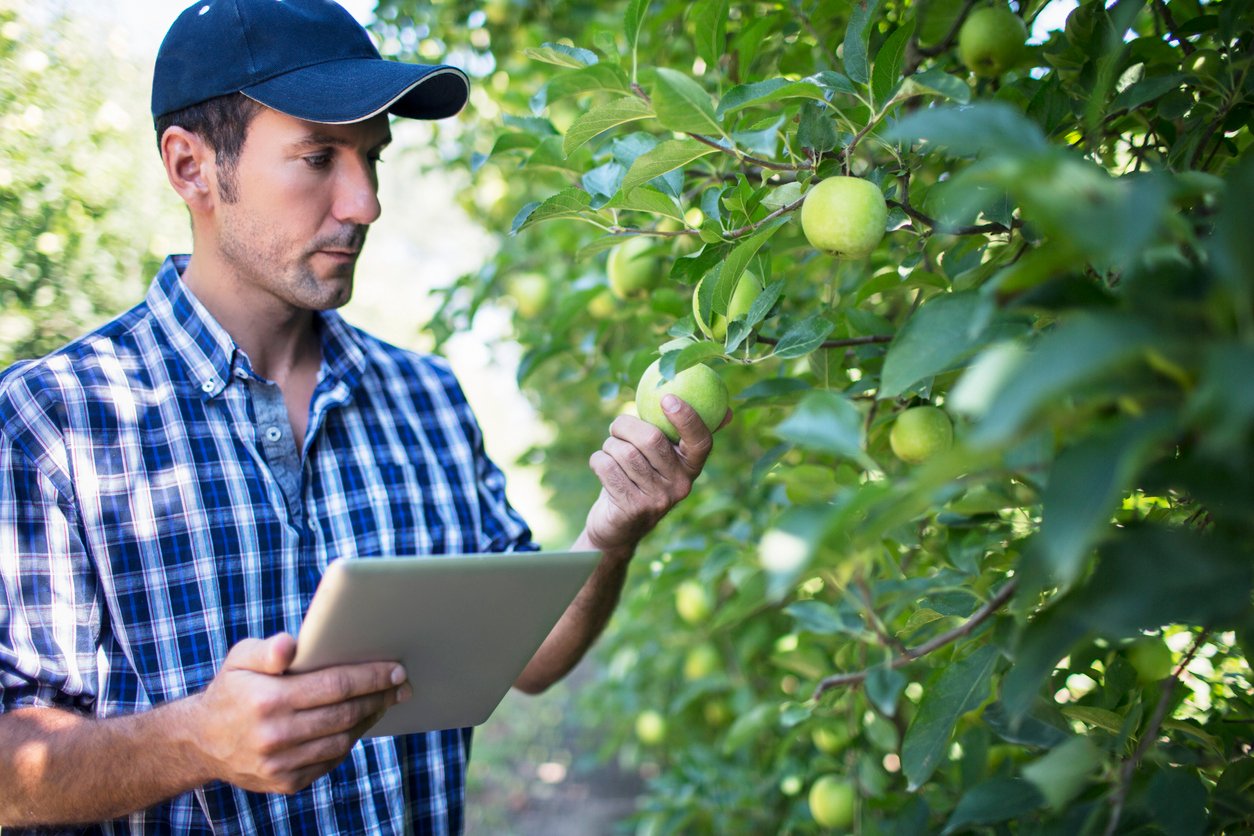Between a record-shattering fire season in the West and the unprecedented global disruptions of COVID-19, 2020 was certainly a year to discourage prediction-making. But that won't stop us from trying!
Here are five predictions for what lies ahead.
1. More growers will embrace experimentation
Though the impacts of a tumultuous 2020 season were felt differently across various parts of agriculture sector, a common pattern emerged among the growers best able to ride out the changes. Those who'd diversified—often as a result of deliberate experimentation—were better equipped to respond to volatility.
As other growers take notice, we predict that even smaller operations will start to incorporate experimentation into their long-term management strategy. We may see growers move from ad hoc trial and error to a more systematic approach toward incorporating new technology and different varietals,
Micheal Dunn, a remote sensing specialist with Anez Consulting in Minnesota, offers some advice to farmers testing out new practices. “It can be hard to assess the efficacy of the changes in only one field trial, so it’s important to try a few different plots, possibly four replications," he suggests. "Bring in a consultant that can help set up a trial for your farm to see what is going to work best on your ground. Look at different micro-environments in your fields, because you may get a totally different response in separate areas of the field depending on soil types."
One possible hurdle to this kind of rigorous testing? "It’s harder and harder to find good management people," points out Max Jehle of Max Ag Consulting. "And that problem isn’t going to go away.

2. The West will reckon with water shortages
Of course, winter is far from over, and the possibility of a wet spring remains. But with the snowpack so far thin and rainfall far below average, most signs are pointing to another disappointing winter in California and much of the Western United States.
For growers already feeling the pressure of increased regulation, dry conditions will offer no relief—while for policymakers, continued shortages will increase drumbeat for legislation around water efficiency and groundwater management.
3. Irrigation efficiency will become management focus #1
With those dry conditions in mind, the entire industry—from growers to researchers and technology companies—will focus more than ever on irrigation efficiency.
"Measuring actual evapotranspiration—the amount of water a tree really uses, will allow growers to more efficiently calibrate irrigation needs," he says. "
Yield forecasts will be fine-tuned, leading to precise irrigation plans that determine how much water is needed to maximize production. And irrigation technology will allow different volumes of water to be applied in different parts of the same orchard."
4. The agtech space will see more consolidation
Amongst agriculture technology companies, the turmoil of the past year claimed a spate of small outfits—and even the
shuttering of TerrAvion, a large remote sensing provider. As the industry continues to mature, we'll see an ever-increasing concentration of market share by the remaining players.
We predict that the shakeup isn't over—and that the accelerating product capabilities of the more established players will make market entry by brand new players that much harder.
5. The companies that remain will focus on usability
At this point, there's no shortage of powerful data tools available to farmers—but not all of it is accessible or streamlined enough for consistent use, especially by smaller operations.
"For the industry, a key next step is to harness the technology and organize all the data so that growers can quickly act upon it," says Tom Devol of the Almond Board. "Real-time data that informs fast action is a big deal."
To that end, many agriculture technology companies will shift their focus from technical innovation to improving the user experience. A move away from "data overload" to friendlier interfaces could help push some of the newer tools beyond tech-savvy early adopters and into the mainstream.


